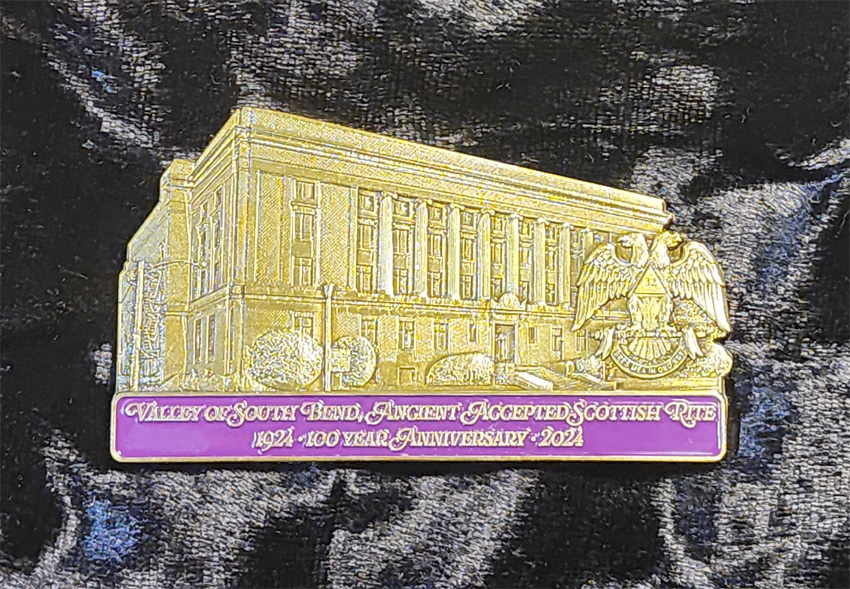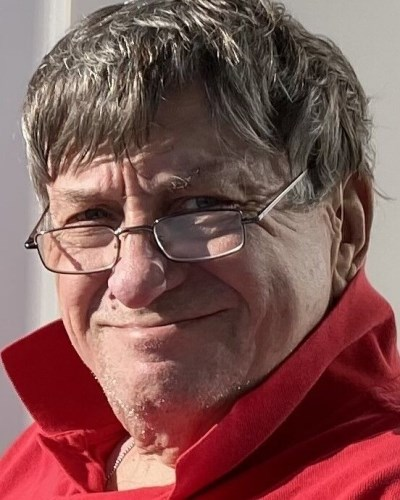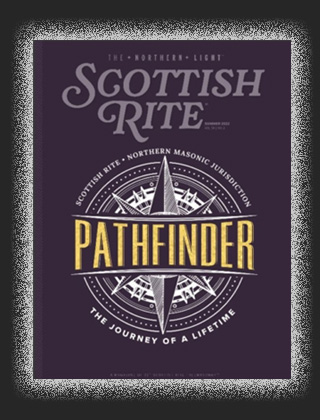“To everything there is a season, and a time to every purpose under the heaven. A time to be born and a time to die, a time to plant and a time to pluck that which is planted. A time to weep and a time to laugh, a time to mourn, and a time to dance.” -Ecclesiastes, Chapter 3 of a song by the 60’s rock band The Byrds.
Remembering our Brothers who have Passed
The Feast of the Paschal Lamb is a time for remembering those Brothers who have been called to the Celestial Lodge above. While mourning can be sorrowful, it is also a form of rejoicing. It’s a gratitude of love, both for memories and for life. Let us consider this a fair exchange for the Brotherhood and fellowship, the love, that was shared with our fallen Brothers.
As our departed Brothers travel to that undiscovered country, from whose born no traveler returns, we are reminded that one day we will also visit that mysterious realm. The importance of living a meaningful life becomes very clear to us during these moments. For many, the fear of death or the fear of what might happen to us after death, paralyzes their actions here on Earth. For others the contemplation of death can motivate them to live a moral and upright life.
Our fraternity offers a variety of tools to work upon one’s Self, in order to help us live a life that is worthy of entering that Great Lodge above. All of us our born with a consciousness, which is a recognition of our self and how we live our lives.
This is a byproduct of having free will. We have the ability to make choices in life rather than being on autopilot and randomly walking through it. Utilizing the working tools that we are given in the Masonic fraternity, we can make right choices that allow us to live that moral and upright life.
Death is only the Beginning
One of the most profound aspects of consciousness is the awareness that we will all die sooner or later. Death is the ultimate mystery as well as the ultimate symbol for profound change. This mystery can be seen in nature with the unfolding of Spring as the Earth blossoms anew. This is the perfect time for introspection, renewal, spiritual growth, and union with mind of the Great Architect.
At it’s core, this Feast is not just a celebration of physical liberation but a profound metaphor for spiritual transmutation. As the Israelites struggled to break free from the bonds of materialism, egoism, and the constraints of this world, we are reminded that true freedom comes from within us, at the depths of our souls and through our connection with God.
This Feast marks a period of spiritual cleansing, a time to burn away the dross within one’s self. This dross can be seen as the metaphorical leaven, symbolizing ego, arrogance, and the negative influences each individual builds up throughout one’s lifetime. Just as the Israelites removed leaven from their homes before the Exodus, we need to remove the dross, or vices and superfluities, of life that impede our spiritual growth.
During this Passover season, let us strive to raise our consciousness and transcend the limitations of our physical existence. We need to break free from the bonds that keep us in fear of the mystery that lies beyond this material realm. By embracing the transformative virtues of our fraternity, Faith, Hope, and Charity, or agape which Christ brought to the World, we can live a life that is transformative of the Soul and revitalizing to the Spirit. “For we know that if the Earthly tent which is our house is torn down, we have a building from God, a house not made with hands, eternal in the heavens.
Rodney McGillvary, 32°



 The program opened at 12:30 in the afternoon with the opening of Grand Lodge. While the opening was being performed, the various Lodges and Commanderies of Knights Templar assembled at designated points for the Parade that followed at 1:00pm. The parade moved south along Michigan Street from the Masonic Lodge on La Salle Avenue to Monroe Street, west on Monroe to Main Street, north on Main Street to the new Masonic Temple where the procession halted in “Open Order” to allow the Grand Lodge officials to pass through to the Cornerstone. The order of the procession included: A platoon of mounted police, the High School Band, Officers of the St. Joe Valley Temple Association, Grand Commandery Officers, Commanderies of South Bend, La Porte, Niles, Plymouth, Michigan City, Elkhart, Goshen and Mishawaka, The Grotto Drum Corps, 13 Masonic Lodges, the Studebaker Band and the officers of the Grand Lodge.
The program opened at 12:30 in the afternoon with the opening of Grand Lodge. While the opening was being performed, the various Lodges and Commanderies of Knights Templar assembled at designated points for the Parade that followed at 1:00pm. The parade moved south along Michigan Street from the Masonic Lodge on La Salle Avenue to Monroe Street, west on Monroe to Main Street, north on Main Street to the new Masonic Temple where the procession halted in “Open Order” to allow the Grand Lodge officials to pass through to the Cornerstone. The order of the procession included: A platoon of mounted police, the High School Band, Officers of the St. Joe Valley Temple Association, Grand Commandery Officers, Commanderies of South Bend, La Porte, Niles, Plymouth, Michigan City, Elkhart, Goshen and Mishawaka, The Grotto Drum Corps, 13 Masonic Lodges, the Studebaker Band and the officers of the Grand Lodge.





